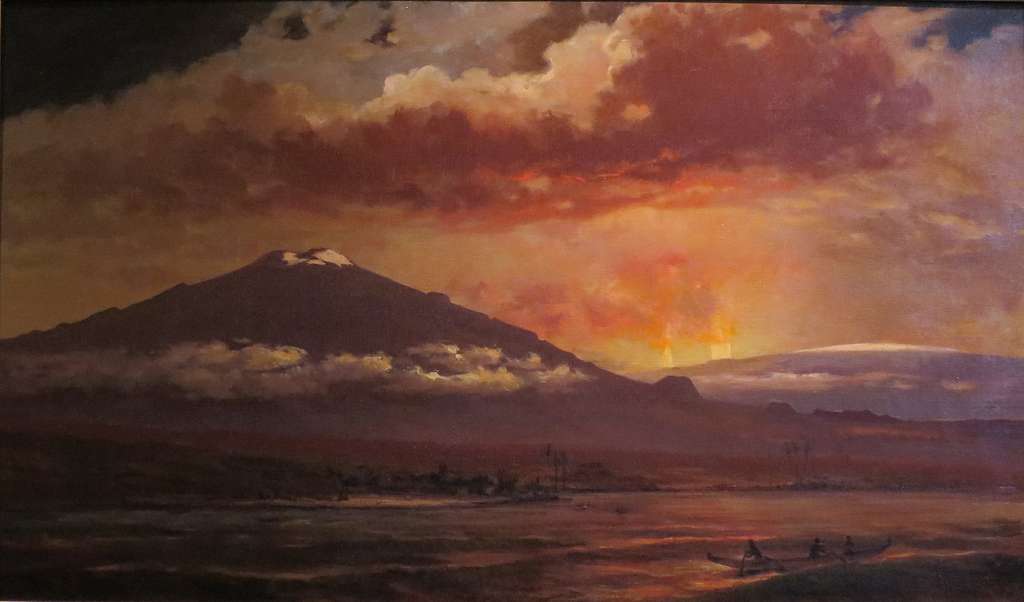Expert Reaction
These comments have been collated by the Science Media Centre to provide a variety of expert perspectives on this issue. Feel free to use these quotes in your stories. Views expressed are the personal opinions of the experts named. They do not represent the views of the SMC or any other organisation unless specifically stated.
Patrick Nunn is a Professor of Geography at the University of the Sunshine Coast
All Pacific islands have volcanic foundations, having begun life as ocean-floor volcanoes similar to those sputtering into life along the deep-ocean ridges and in places – often called hotspots – in the middle of giant crustal plates.
Some of the world’s largest volcanoes form in the latter locations, edifices like those which poke above the ocean surface in Samoa, parts of French Polynesia, and of course in Hawaii where Mauna Loa has just sprung back into life for the first time in decades.
This unexpected activity underlines the point that these volcanoes are very old, so old it is difficult to know when any are truly dead (extinct) or whether they are just sleeping (dormant), biding their time before reviving.
Key to understanding and managing this situation is knowing that these volcanoes all rise above an underground chamber which is periodically filled with magma (liquid rock) rising up from the earth’s lithosphere – a superheated viscous rock layer – tens of kilometres below.
When a magma chamber becomes filled with liquid rock – and more is being pumped in from below – this will invariably lead to an eruption.
If the volcanic edifice is huge, like Mauna Loa, the magma might break through a weakness in its side, creating a flank volcano like Kilauea, which has been in almost constant eruption for the past few centuries.
But it requires a little bit of extra pressure from below to squeeze magma out of the summit, as has happened here recently.



 Australia; Pacific; International; QLD
Australia; Pacific; International; QLD


